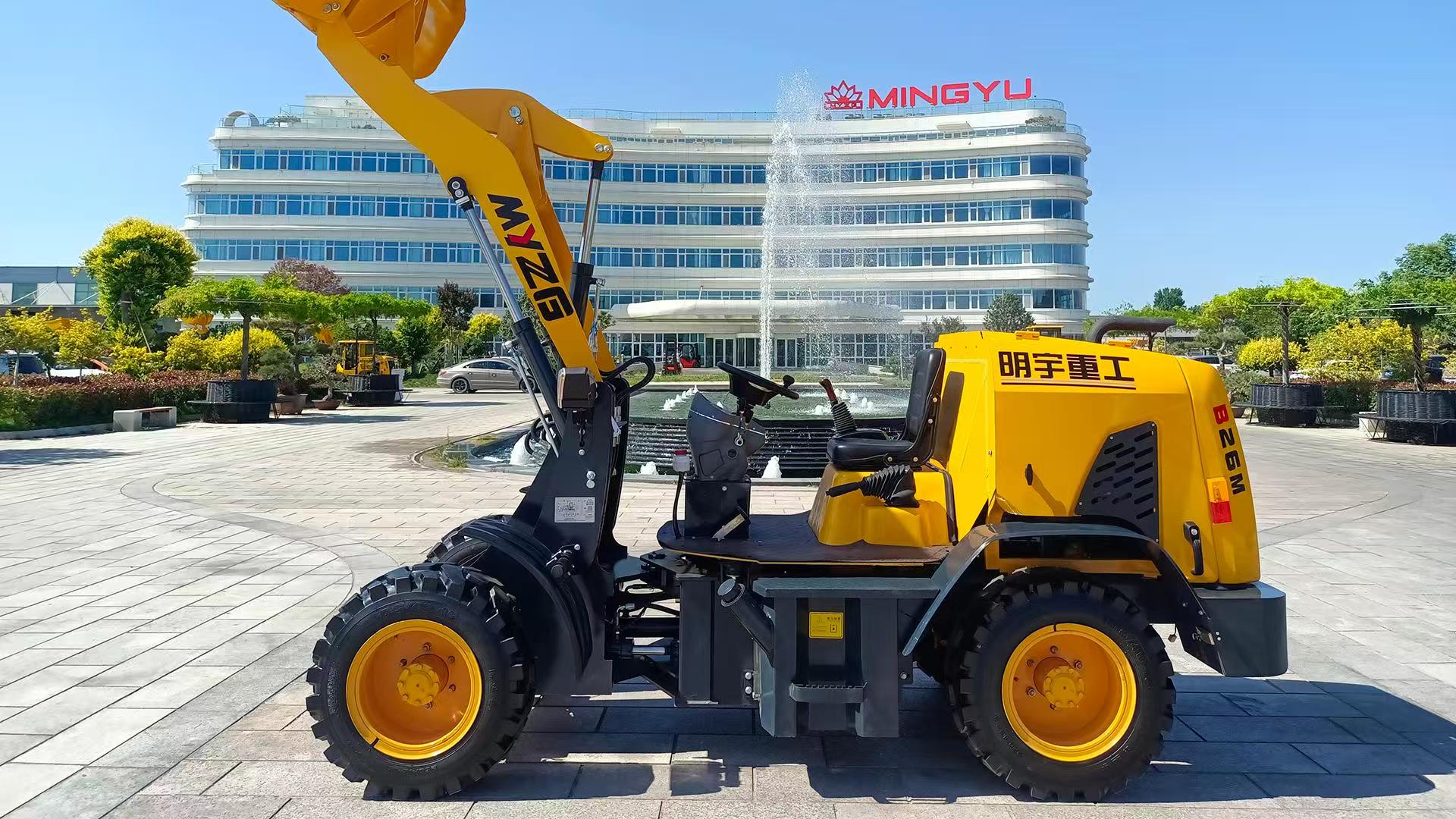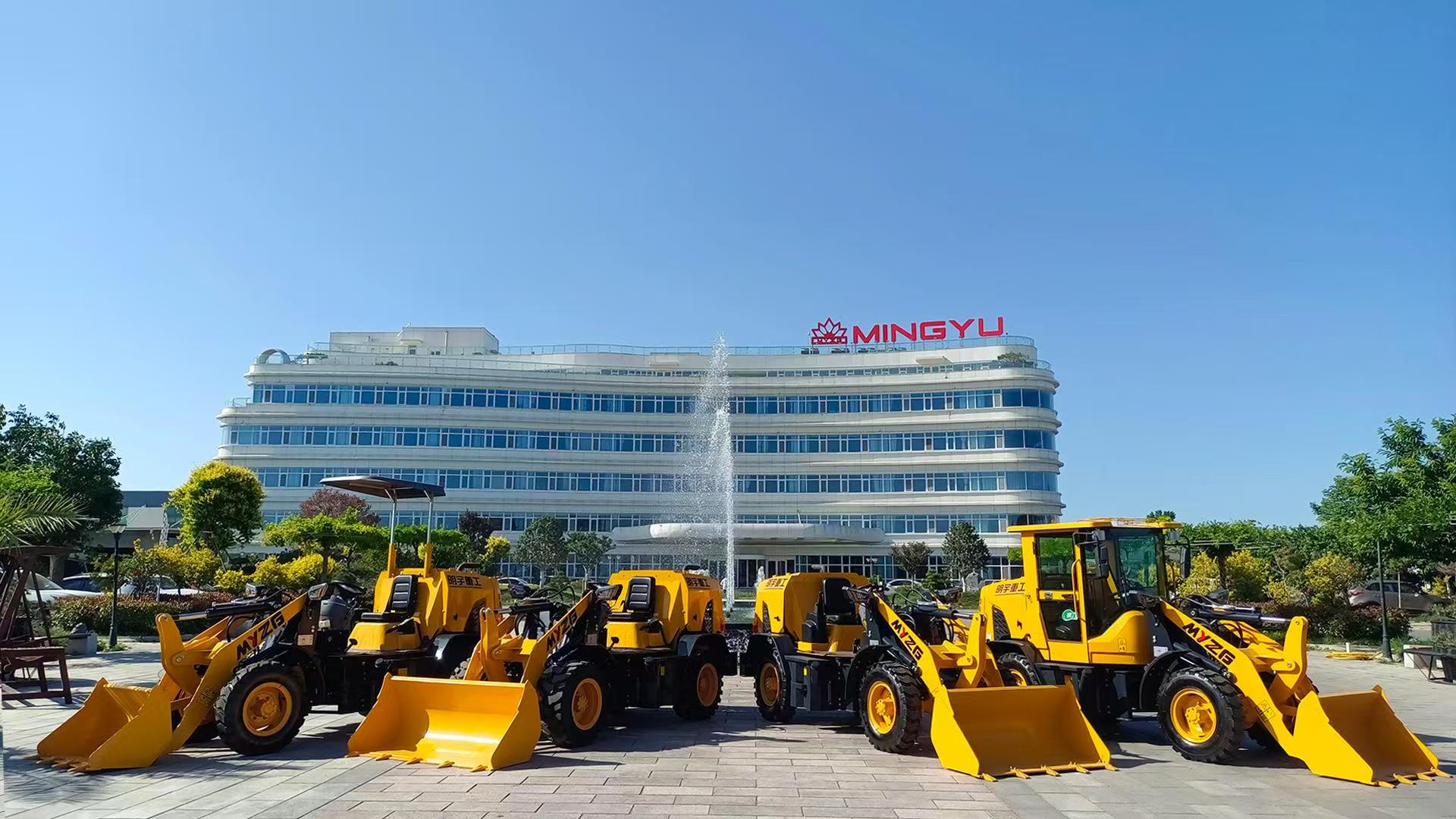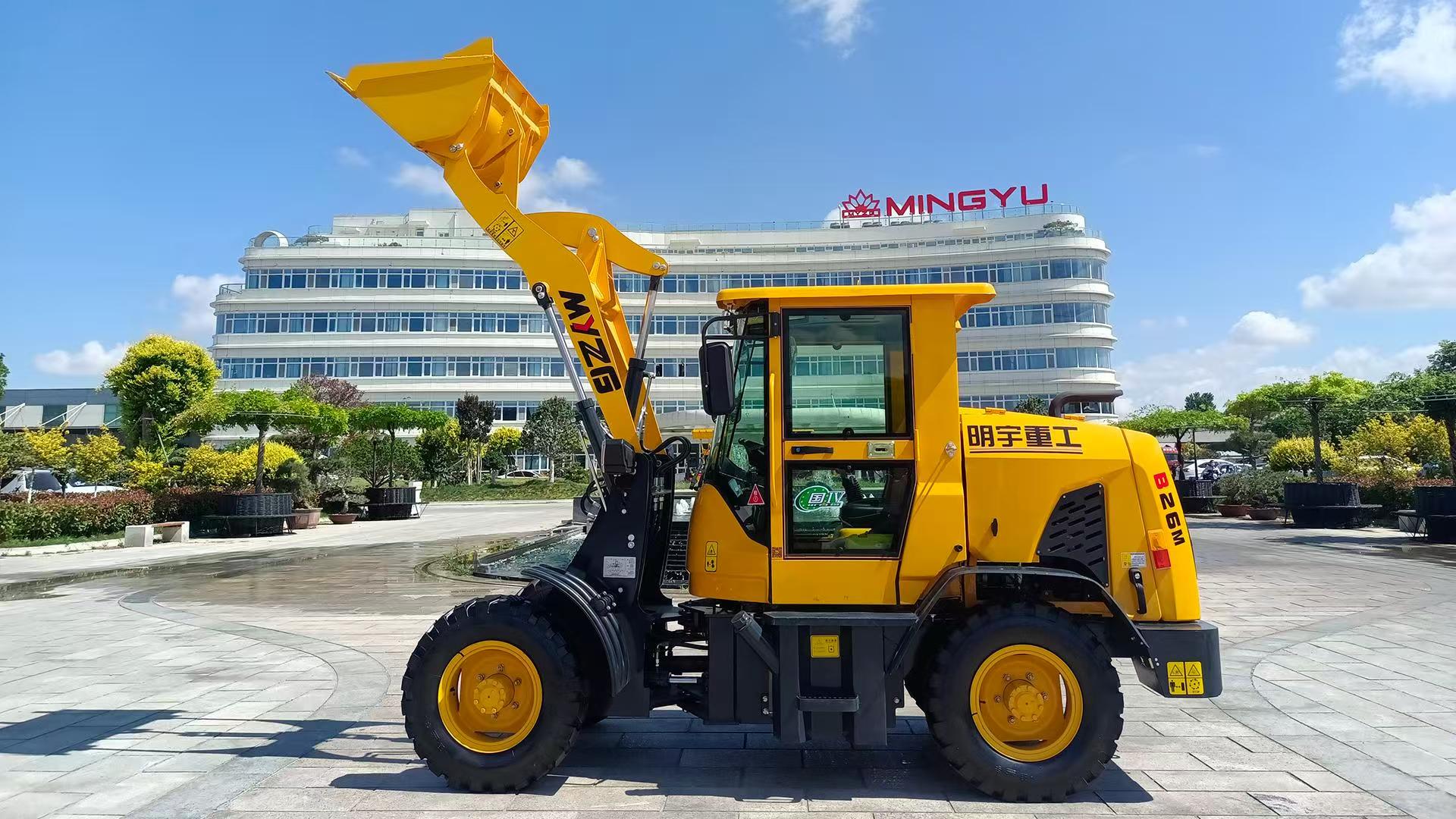Skid Steer vs. Compact Track Loader: Which Has Lower Maintenance?
1. Introduction
When choosing between a skid steer loader and a compact track loader (CTL), one of the most important considerations is maintenance. While both machines are versatile and widely used in construction, landscaping, and agriculture, their maintenance requirements differ significantly. This article compares the maintenance needs and costs of skid steers and CTLs to help you make the most economical and practical choice.
2. Basic Definitions and Differences
Skid Steer Loader (SSL): A small, rigid-frame machine with four wheels that can independently skid or turn. Best for hard surfaces like concrete or asphalt.
Compact Track Loader (CTL): Similar in function to a skid steer but uses rubber tracks instead of wheels, allowing better traction on soft, muddy, or uneven terrain.
Key Differences:
|
Feature |
Skid Steer Loader |
Compact Track Loader |
|
Mobility |
Fast on hard ground |
Superior on soft ground |
|
Traction |
Moderate |
Excellent |
|
Surface Wear |
High on turf |
Low on turf |
|
Purchase Cost |
Lower |
Higher |
3. Maintenance Categories Compared
a) Tires vs. Tracks
Skid steers have tires that are easier and cheaper to replace ($800–$1,500/set).
CTLs have rubber tracks that wear faster and cost more to replace ($2,500–$4,000/set).
Tracks also need more frequent cleaning and adjustment.
b) Undercarriage Maintenance
Skid steers have minimal undercarriage wear.
CTLs have complex undercarriages with rollers, idlers, and sprockets that wear out and are expensive to maintain.
c) Hydraulic Systems
Both types use similar hydraulic systems, but CTLs may experience more contamination due to dirt and mud buildup.
Regular filter and fluid changes are essential for both.
d) Engine and Cooling
CTLs run at higher power under load, leading to more frequent cooling system maintenance.
Skid steers are generally less strained.
e) Cleaning and Downtime
Skid steers are easier to clean; less downtime for cleaning.
CTLs accumulate more debris around tracks and undercarriage.
4. Average Maintenance Costs
|
Component |
Compact Track Loader |
|
|
Tires/Tracks |
$800–$1,500 (tires) |
$2,500–$4,000 (tracks) |
|
Undercarriage |
Minimal cost |
$1,000+ annually |
|
Annual Maintenance |
$1,500–$2,500 |
$3,000–$5,000 |
|
Fuel/Fluids |
Lower usage |
Higher usage |
|
Downtime/Repairs |
Less frequent |
More frequent |
5. Durability and Wear Considerations
Skid Steers: Better durability on paved, dry ground. Tires last longer if used appropriately.
CTLs: Wear more on abrasive surfaces (gravel, concrete). Tracks and undercarriage wear quickly without proper cleaning and adjustment.
User Tip: Operator behavior and job site conditions greatly affect maintenance frequency.
6. Fuel Efficiency and Maintenance Impact
CTLs consume more fuel due to track friction and heavier frame.
Increased fuel use leads to more engine wear, requiring more frequent oil and filter changes.
Skid steers are more fuel-efficient, leading to lower operating costs and less engine strain.
7. Seasonal and Environmental Factors
CTLs excel in snow, mud, and wet conditions, but tracks require constant maintenance in these environments.
Skid steers are better suited for dry, firm ground, with lower cleaning and maintenance needs.
Cold weather can affect track tension and hydraulic systems more in CTLs.
8. Manufacturer Support and Parts Availability
Most brands (Bobcat, Caterpillar, Kubota, Case) offer both SSLs and CTLs.
Skid steer parts are cheaper and more widely available.
CTLs may need specialized service for undercarriage components.
Skid steers are often easier for DIY maintenance.
9. Resale Value and Long-Term Maintenance Costs
Skid Steers: Lower depreciation, less wear, better resale value.
CTLs: Depreciate faster due to track and undercarriage costs.
5-Year Total Cost of Ownership (TCO):
Skid Steer: ~$10,000–$15,000 in maintenance
CTL: ~$20,000–$30,000 in maintenance and repairs
10. Conclusion
When it comes to maintenance, skid steers clearly have the advantage. Their simpler design, lower repair costs, and ease of cleaning make them more economical for long-term ownership. Compact track loaders provide superior traction and versatility but come with higher maintenance costs due to their tracks and complex undercarriage.
Recommendation:
Choose a skid steer for firm ground, general use, and lower costs.
Opt for a CTL if you regularly work in mud, snow, or uneven terrain and can manage higher maintenance.
Post time:Aug.05.2025



